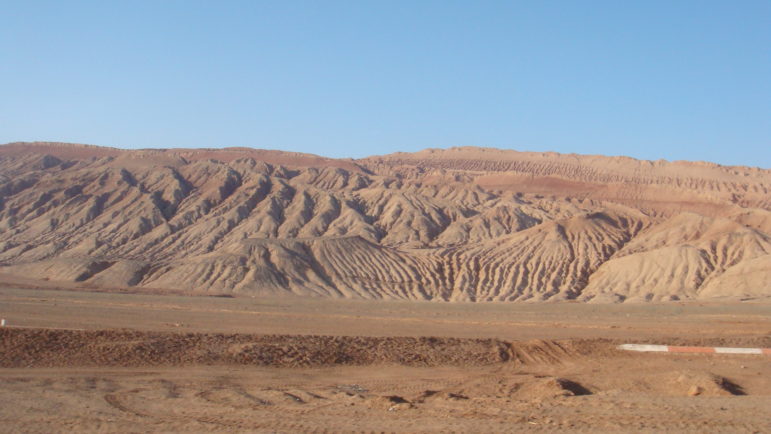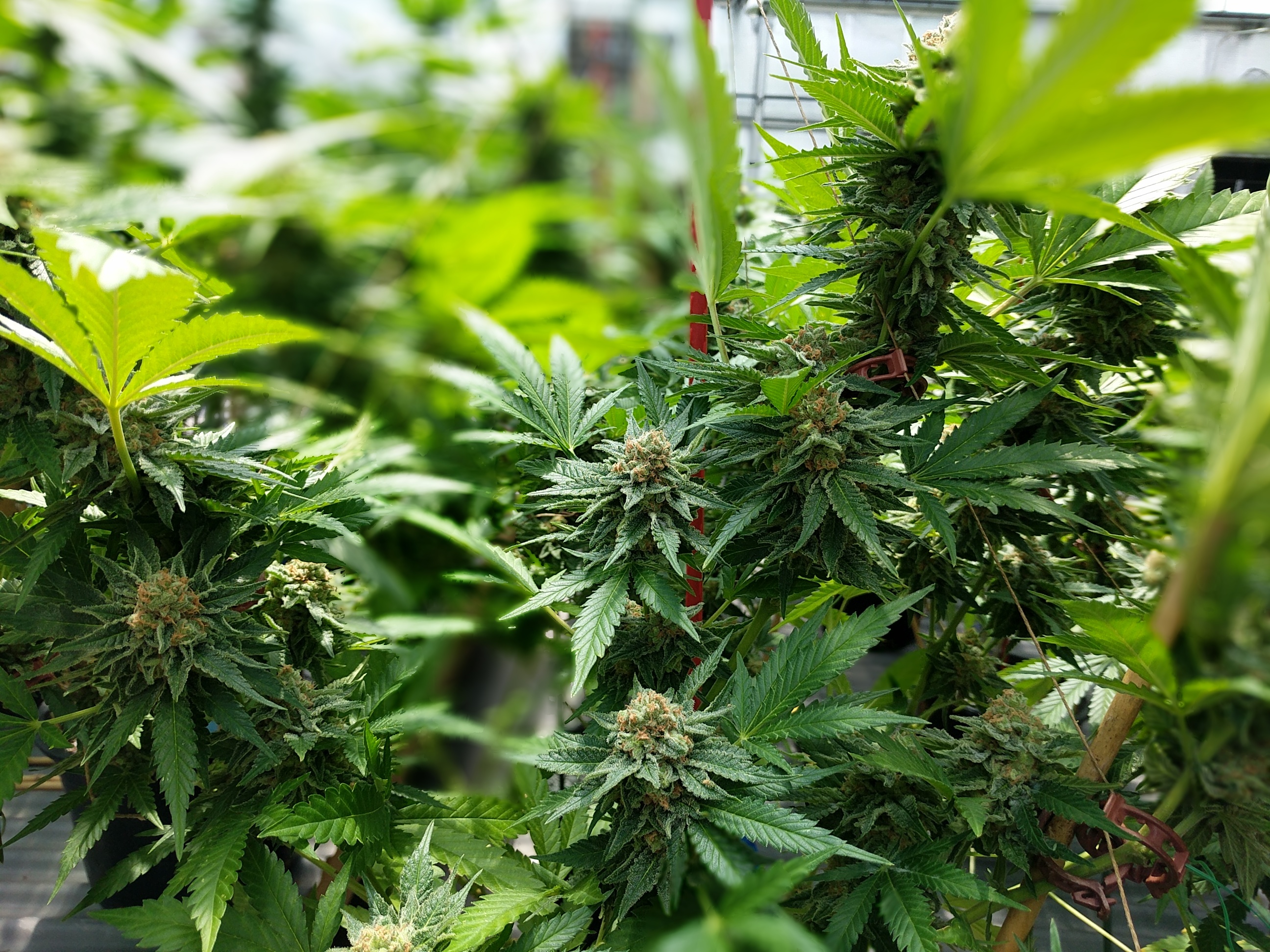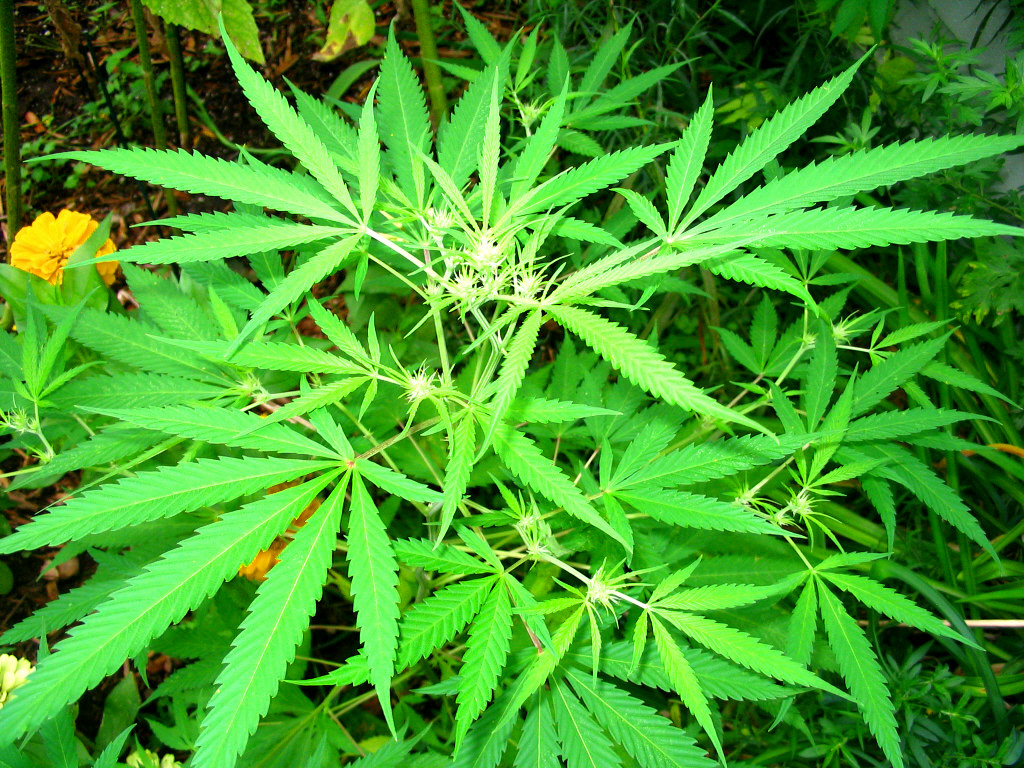TWH – Science Advances reported that archaeologists have found evidence of cannabis use in the Jirzankal graveyard in the Chinese province of Xinjiang. Excavations revealed four burned stones and ten wooden braziers, pans in which coals are burned. The stones and braziers were dated to 500 to 300 B.C.E. When tested, the stones and the interiors of these braziers showed evidence of burnt cannabis.
The Jirzankal Graveyard lies along the crossroads of East, South, and West Asia. The spiritual practices of its inhabitants between 500 to 300 B.C.E remain largely unknown. This incense-like use of braziers in graves suggests a typical burial ritual for the region.

Credit TUBS [CC BY-SA 3.0 (https://creativecommons.org/licenses/by-sa/3.0)]
Location of Xinjiang (in red) Image credit: TUBS [CC BY-SA 3.0 (https://creativecommons.org/licenses/by-sa/3.0)
Hemp and cannabis
When humans began to cultivate cannabis, they developed two types of plants.
One type produced strong fiber and food. Cultivators of this type wanted “stemmy” plants and large seeds. Fiber came from the stem and food from the seed. They had no use for the leaves, and the flowers were only useful in rendering seeds.
The other type of plants had medicinal, psychoactive and ritual properties. Cultivators of this type wanted lots of leaves and flowers. The plant’s psychoactive properties were derived from the leaves and flowers. These cultivators had no use for stems, and the seeds were only useful for propagation.
The first type is what is widely known as hemp, and is primarily grown for fiber, food, or paper, though we also have come to understand it also has medicinal properties. The second type grown for medicinal, ritual, or recreational use is cannabis. Hemp and cannabis do not form two distinct species of the same plant. Like different breeds of dogs, hemp and cannabis are distinct variations within a single species.
People would use the hemp fiber to create cloth and paper. Indeed the word cannabis is derived may be the origin of the word canvas.
Hemp has minimal psychoactive properties. In contrast, cannabis has strong psychoactive properties. Scientists can use this difference to determine whether the plant was hemp or cannabis. The residue found inside the braziers from the Jirzankal Graveyard had strong psychoactive properties. As scientists found the remains of cannabis among grave goods, they theorize that its incense-like burning formed part of a burial ritual.
In the Jirzankal Graveyard, tombs contained a variety of products such as plates, bowls, and other utensils. Some tombs contained harps.
How people used cannabis in the Jirzankal Graveyard
No evidence exists for the use of pipes for smoking in Xinjiang before the modern era. In this region, cannabis use involved eating cannabis or inhaling cannabis vapors, like incense.
First, people would have placed the cannabis in the braziers. Then, they would have placed hot stones upon the leaves to produce a vapor, much like a sauna.
From Herodotus to the Altai Mountains
The ancient Greek historian, Herodotus wrote about cannabis vapor baths among the Scythians, a nomadic people who inhabited the central and western Eurasian Steppe from the 9th century B.C.E. through the 4th century C.E. They would use this vapor bath to “clean” themselves after a burial. They would set up tents. Within those tents, the Scythians would burn cannabis. It would be like a steam bath of cannabis smoke.
In the southern Altai Mountains, archaeologists have found material consistent with Herodotus’s description of a vast city but about 3,000 kilometers (1864 miles) northeast of the area he described. The southern Altai Mountains lie in Siberia just northwest of Mongolia. The Pazyryk culture flourished in this region around 500 B.C.E.
In that area, archaeologists found wooden tent frames, carbonized hemp seeds, copper containers with evidence of burning. While generally consistent, certain differences exist between Herodotus’s account and the Pazyryk evidence, like the location and size of the city.
The Turpan Basin
The desert climate of the Turpan Basin preserved the bodies in the Jiayi Graveyard in Xinjiang. According to archaeologists, these burials occurred from 700 to 300 B.C.E. That graveyard contained the remains of thirty-five males with Caucasoid features. One had 13 cannabis plants placed upon his chest. Their roots pointed towards his pelvis. The tops of the plants reached his chin and face.

Huoyanshan, Turpan, Xinjiang, China – Image credit: 罗布泊,
The Yanghai Tombs
Science Direct published a report, “A new insight into Cannabis sativa (Cannabaceae) utilization from 2500-year-old Yanghai Tombs, Xinjiang, China.” That report discussed ritual use of cannabis in the Yanghai tombs in Xinjiang.
The desert air had preserved bodies and offerings. In one grave of a male, people had placed a leather basket near the head of the body. They had also placed a wooden bowl. Both the leather basket and the bowl contained cannabis.
That research did not report on the psychoactive properties of the plant remains. Instead, scientists looked for evidence consistent with a pattern of fiber use or psychoactive use. Scientists failed to find hemp based textiles among the graves. The plant remains consisted of seeds, shoots, and leaves of cannabis in the grave. They found no stems, the source of fiber, and therefore are not consistent with fiber use. They are more consistent with a psychoactive use.
That grave contained more grave goods than other graves, indicating higher status. It also contained musical instruments. Archaeologists have theorized that this grave belonged to a shaman.
Evidence is accumulating that the ancient peoples of Central Asia, Siberia, Mongolia, and Xinjiang engaged in a ritual use of cannabis as part of funerary rituals.

Thayne Tuason [CC BY-SA 4.0 (https://creativecommons.org/licenses/by-sa/4.0)]
Cannabis sativa female- recreational/medicinal marijuana, not hemp credit Thayne Tuason
None of this evidence reveals anything about recreational cannabis use in the ancient world. Generally, rituals tend to be highly structured and to be restricted to specific times, places, and occasions. These restrictions would likely mitigate dependency or addiction. Nevertheless, the current research strengthens the connection between cannabis use and spiritual practice.
The Wild Hunt is not responsible for links to external content.
To join a conversation on this post:
Visit our The Wild Hunt subreddit! Point your favorite browser to https://www.reddit.com/r/The_Wild_Hunt_News/, then click “JOIN”. Make sure to click the bell, too, to be notified of new articles posted to our subreddit.

